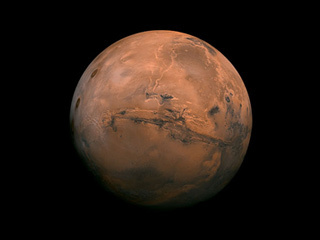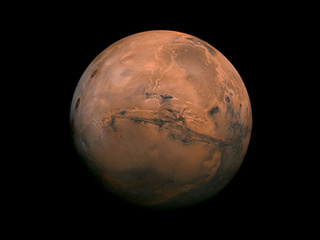
Curiosity Rover Devises Unique Plan for Remote Sensing and Contact Science on Mars
On Mars, Curiosity rover has a two-sol plan for remote sensing and contact science at a target called “Koes.” The team had been searching for a suitable location to conduct contact science on the Murray formation in the area, and “Koes” was chosen as the ideal spot for this purpose. Due to power and time constraints, contact science could not be included in the weekend plan, making it an excellent opportunity to include it in this one.
The plan will begin with ChemCam and Mastcam observations of “Koes” and “Onawa” to gather data and characterize the Murray formation in the area. After that, the Dust Removal Tool (DRT) will be used to brush off a fresh surface at “Koes,” followed by imaging with the Mars Hand Lens Imager (MAHLI). In addition to capturing images of rocks, MAHLI will also be used to capture images of rover wheels for ongoing monitoring purposes. The Alpha Particle X-Ray Spectrometer (APXS) will be placed on “Koes” for an overnight integration to analyze its composition.
A Sample Analysis at Mars (SAM) preconditioning activity will be conducted before solid sample analysis is performed on “Koes.” On Sol 1381, another ChemCam observation will take place of the Murray formation at “Khoabendus,” while Mastcam will be used to characterize veins at target “Helgas.” The rover’s Navigation Camera (Navcam) will monitor the atmosphere and search for dust devils in the area.
The two-sol plan for Curiosity involves a combination of remote sensing observations, contact science activities, and instrument operations aimed at achieving its mission goals of understanding Martian geology and environment better.
